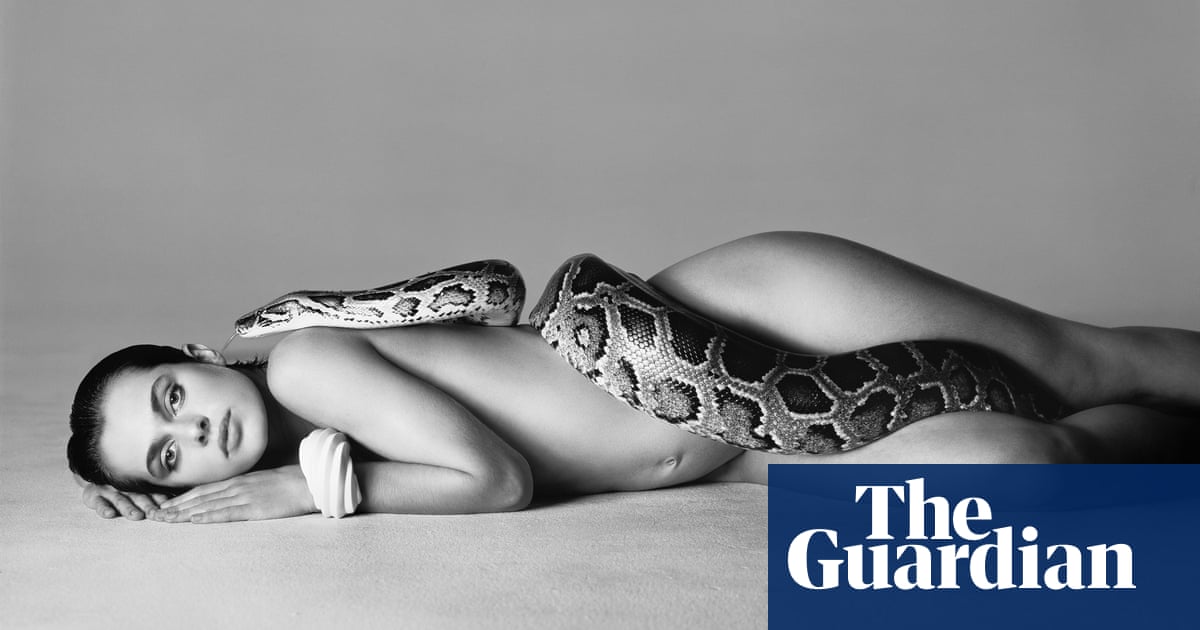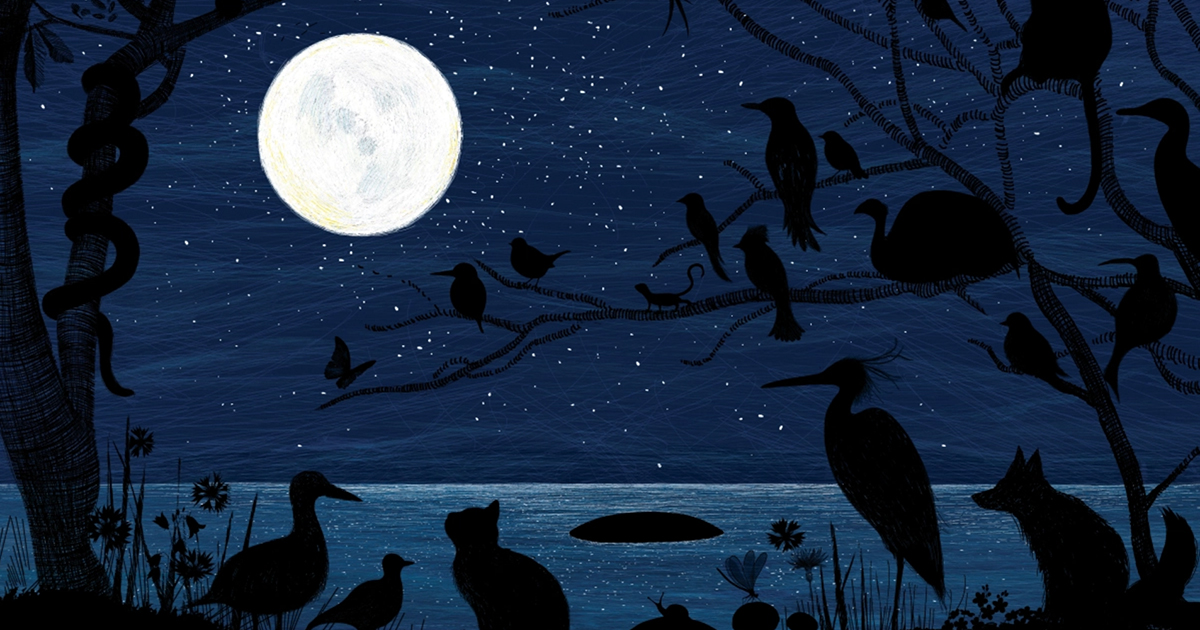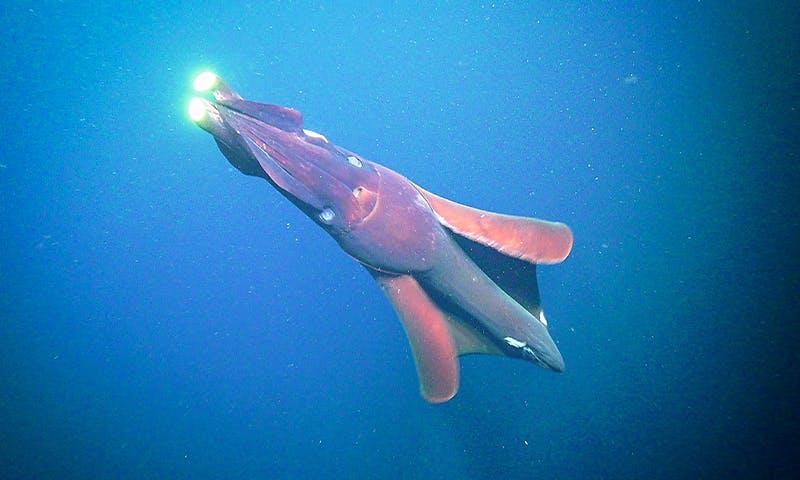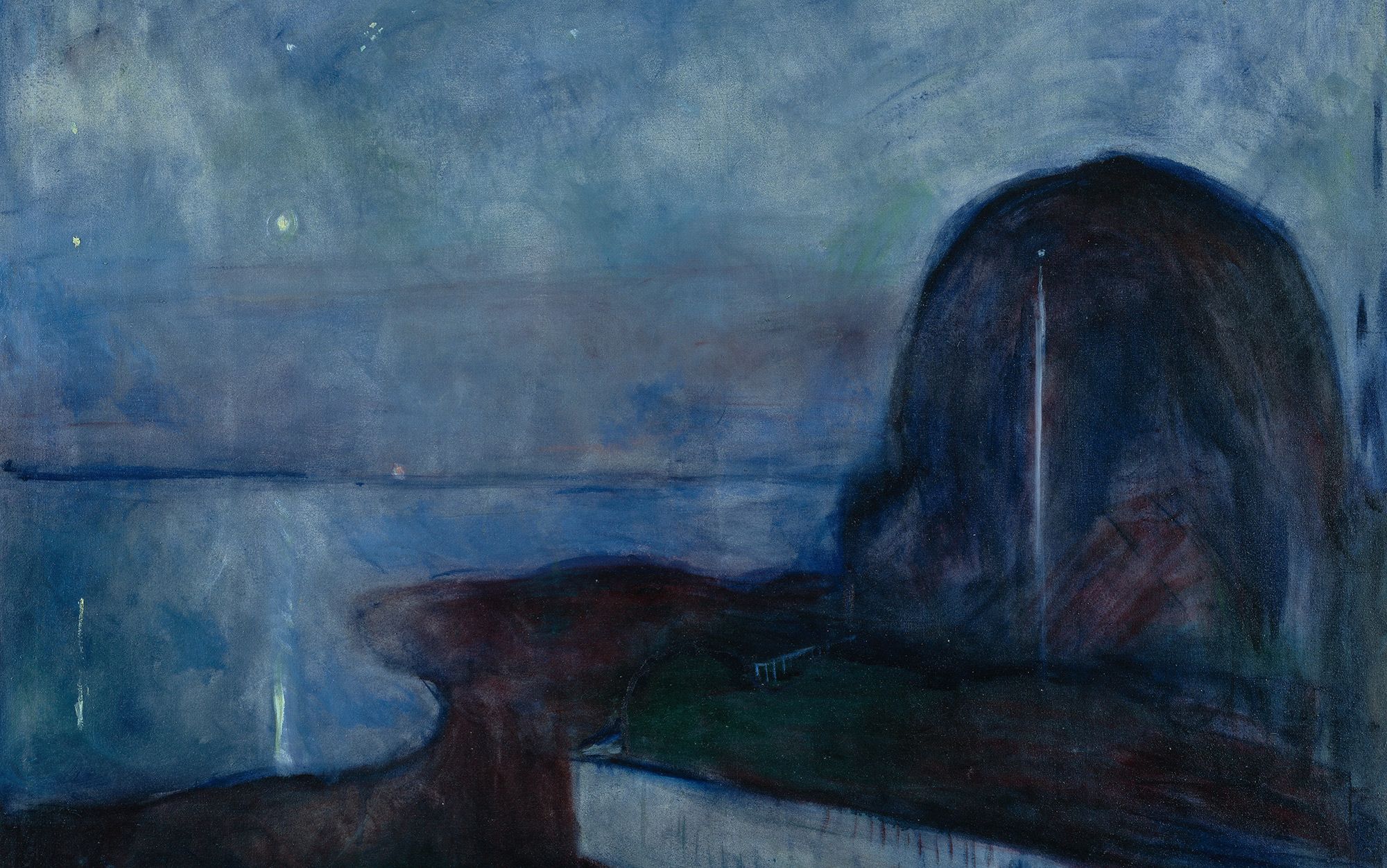- Breathing Light
- Posts
- Breathing Light Issue #69
Breathing Light Issue #69
The Winter Maid takes up the Baton.

In this Issue
1. Taku Mahi Toi o Te wiki-My Artwork of the Week
2. Korero Timatanga-Frontispiece
3. Photographer's Corner-Do we take pictures or make them?
4. Waiata mou te Ata-Poem for the day
5. Nine Fevered Mind Links (to make your Sunday morning coffee go cold)
6. Koorero Whakamutunga-Endpapers
My Artwork of the Week
Taku Mahi Toi o Te Wiki

Motu Kiore, Piopiotahi/Milford Sound, 2023 | Fujifilm GFX 100, GF 45-100/4,
Nature will bear the closest inspection. She invites us to lay our eye level with her smallest leaf, and take an insect view of its plain.
For as long as people have been coming to Piopiotahi/Milford Sound, the beacon has always been the mauka(mountain). At the head of the fjord, it is a variety of names. The early European settlers called it Mitre Peak. Maaori before them named it Rakaihautu, after the captain of one of the great waka, Uruao. Waitaha, who were there long before Maaori, named it Motu Kiore because of its resemblance to the kiore, the native rat, sadly wiped out with the arrival of European ship rats.
Sunset here can be a truly sublime experience. Interestingly, the word “sublime” has a meaning somewhat different to that used commonly. It means “inspiring a fear of God”. It was coined by the Anglo-Irish statesman and philosopher Edmund Burke in his 1757 treatise, A Philosophical Enquiry into the Origin of Our Ideas of the Sublime and Beautiful, which became something of a guidebook for the young noblemen of England setting out on their Grand Tour of Europe.
Whichever way you look at it, the mountain dominates its surroundings with an abruptness and directness which will not be denied. After the long descent down through the Cleddau Valley from the Homer Tunnel, to round the corner and see the mountain is like coming to a knot at the end of a piece of string. It will not be ignored or denied.
Over the last few years, as I’ve travelled into Milford Sound, there is a sense of expectation and wonder at how it will portray itself. Sometimes it wraps itself in a veil of rain and mist, preferring to keep its mystery to itself. At other times, it is quite the extrovert, displaying a grandeur that will not brook being overlooked. And why would you? It is the reason tourists have come for over 150 years.
However, places like this take time to get to know. All places are like this. First impressions are inevitably surface ones, a set of labels stating the obvious. Only when you’ve got to know each other can a relationship build and secrets are shared. It’s also about knowing the right time to approach and ask questions.
There are two places from which to observe the mountain with the camera. The obvious one, which most people choose, follows the small path through the bush down to the foreshore to the left of the basin. The Internet is full of images made at various times of the day, from multiple angles and with different focal lengths.
However, two years ago, I found a different way of looking at the mountain. To do this, it is necessary to go to the boat terminal on the right-hand side of the basin and walk out along the breakwater to the end. This gives a different perspective, including one that looks directly into Sinbad Gully on the other side of the fjord.
Then there is the time of day and time of year. May is the time for me to make an appointment with the mountain. The sun is setting further north and earlier in the day. On a warm still afternoon, when there is no wind and very little cloud, the sun slides through the sky and rolls down the left-hand side of the peak before slipping away below the horizon. By around 5 pm, most tourists have departed, returning to Queenstown or their accommodation in Te Anau. To plagiarise Gray’s Elegy in a Country Churchyard,” They leave the world to darkness and to me.”
I breathe deeply, inhaling the silence, magnificence and mystery, set up my camera and, over the next 20 minutes, follow the sun’s Graceful and gentle arc into the arms of the waiting night.
“Each night, when I go to sleep, I die. And the next morning, when I wake up, I am reborn.”
I see this image as massive, perhaps 40” x 60” (or even larger), printed on metallic paper and mounted on Dibond.
Edition of 1 only
$NZ 5 000 (print only).

Frontispiece
Koorero Timatanga

Near Naseby, Maniototo 2013 | Fujifilm X-Pro 1, XF 55-200/3.5-4.8
Time has been transformed, and we have changed; it has advanced and set us in motion; it has unveiled its face, inspiring us with bewilderment and exhilaration.
Atamaarie e te whaanau:
Good morning everybody,
Hine Raumati, The Summer Maid, has passed the baton to Hine Takarua, the Winter Maid. I think it happened in the last few days. After weeks of constant rain from the west, a large anticyclone slid into position over the country and brought the weather to a halt. Suddenly the temperatures dropped to just above zero, and the whole basin was covered in heavy fog, which has only just begun to lift. Winter has arrived in no uncertain terms. Yesterday afternoon, for the first time in nearly a week, the clouds peeled back to reveal heavy snowfall on the mountains.
However, the cherry tree at the front of my garden doesn’t seem to have received the memo about shutting down for a few months. While it has no leaves, it seems determined to begin spring early. Here and there, small clusters of pink blossom insist on flowering on the spindly branches. They hang like afterthoughts to the memory of the seasons that just passed. Even my tomato plants haven’t entirely given up the ghost yet. While the leaves are withered and yellowed, green tomatoes are still to be picked. This is a cherry tree with a mind of its own. This is a cherry tree determined to do what it does, namely flower.
Of course, this is good news for the tuuii, which have returned from Their summer holiday somewhere out of town. They gurgle, warble, and misbehave badly in the branches like disobedient, rowdy teenagers, flying and flitting and flopping and perching and then abruptly upending themselves to drink the nectar. Because they can. And all the while, the regular birds stay out of their bullyboy way. The thrushes and blackbirds have been busily turning over the fallen leaves, picking and poking and fossicking. The sparrows lurk on the fringes, gathering up whatever they can. They only fly up into the branches when the tuuii are absent. The pecking order of the manu (birds)
While Hine Takarua has been pressing her frozen hand upon the land, attempting to slow things down, life continues without pause. The cycle of time and the seasons turns.
There is a lovely karakia, a Maaori prayer from the Kai Tahu people of this area which sums up the cycle of the seasons:
Whakataka te hau ki te uru, | The warm wind Comes From the west |
Photographer's Corner
Do we take pictures or make them?

Dervishes, Konya, Turkey. 2011 | Sony SLT-A77V, DT16-80/3.5-4.5 ZA
The butterfly counts not months but moments and has time enough.
Do we take pictures or make them?
For some time, Sarah, the Director of Artillery, who has a brilliant mind I deeply respect, has been taking issue with the fact that I insist upon referring to the act of photography as “making” pictures. She prefers the phrase “taking”.Whenever she reaches for the lanyard on her howitzer and lobs some more ordnance in my direction, I put up more sandbags, fortify my position further, and stubbornly dig in. However, we may have finally reached a point where we can see the other’s point of view. Perhaps both of us have part of the answer.
Here is why.
When George Eastman founded the Kodak company in the late 1800s and released the first mass-market camera, the legendary Brownie, the advertising slogan was:
You take the photographs; we do the rest.
Before that, there was no accurate word to describe the act of photography. Afterwards, people naturally gravitated towards using the word “take”, and the term has stuck with us ever since. Photography became a consumer pastime once Everyman could expose film (note how I am carefully avoiding the T-word). The great New York art critic Susan Sontag discusses this in her seminal book On Photography.
“To photograph is to appropriate the thing photographed.”
She also makes this quote, which is relevant to this discussion.
“Like a car, a camera is sold as a predatory weapon—one that’s as automated as possible, ready to spring. Popular taste expects an easy, an invisible technology.”
I’ve often wondered about the language we use to describe the act of photography, most of which makes us sound like hunter-gatherers armed with a camera. We “shoot” photographs, go on a “photo shoot”, hunt for a great photograph, and return home with it as a trophy to be framed and put on a wall. After a successful career as a deer culler, the late Gordon Roberts, one of New Zealand’s leading game animal photographers, switched his rifle for a camera and set about roaming the mountains to photograph them, using the same stalking techniques as the successful hunter he had been. I wonder what the language we use to describe a passion for photography says about us.
I think the term “take” indeed held true during the golden age of film photography when the opportunity for extensive manipulation was generally challenging. Photographing with colour film was a technology with little room for movement. You got the exposure right in-camera, pressed the shutter and then handed the film to the lab, which processed it according to a precise regime. Transparency film, in particular, had very little room for movement in processing.
I’m possibly going out on a limb here (or raising my head above the ramparts), but I venture to suggest that all changed with the advent of digital photography and Photoshop. Now anything is possible; anything we can envisage can be made visible. We can change the value of a single pixel if we choose to. And, of course, the line between purism and fabrication has been further blurred by the advent of AI.
In the end, perhaps each of us sits somewhere on a continuum with representation at one end, interpretation somewhere near the middle and fabrication/extrapolation at the other end. Where we position ourselves is a decision for each of us to make.
On the fridge in my kitchen, I have beautiful photographs of my mokopuna (granddaughter) Phoebe, supplied to me by her loving father. He has taken them and sent them to me so I can enjoy her journey. On my work table, I have prints which I have manipulated substantially because they express my vision of the world. Both are equally valid.
Perhaps it doesn’t matter. If we take photos for our memories, slices of moment carefully excised from the continuum of Time, and that is all we want, then surely that is enough. If, however, we want to express our own vision of the world and, to do so, develop techniques to show better that, then perhaps that is equally valid. Perhaps there is no correct answer, only the answer that is right for us.
Something to think about the next time we head out on a photo shoot, armed with a pack full of Can(n)ons, looking to capture a great photograph for our trophy wall.
If you have any thoughts, strong or otherwise, please drop me a line and let me know what you think. Hopefully, I will get enough to share a few with you in the next newsletter.
Waiata Mou Te Ata-Poem For the Day

Ice, Naseby, Maniototo 2014 | Fujifilm X-T1, XF 55-200/3.5-4.8
I have just three things to teach: simplicity, patience, compassion. These three are your greatest treasures.
There is something to be said for looking closely at the natural world, for gently lifting off the labels we have been taught since childhood to use as shorthand for our observations. While we may dread the onset of winter, winter is its own person, with its own character and way of acting out its own existence.
When we reach deeply into the warp and weft of the season's tapestry, there is much at which to wonder and much for which to be grateful. There is something lovely about wrapping ourselves in warm clothing and going outside into fresh, pristine and crisp air, with only our face exposed to its purity and honesty.
The silver-mirrored cloak of winter
The warm wonderbrown feathers
in the enfolding cloak of autumn have moulted,
drifting tenderly and gently down;
to lie in brown decaying memories
on the slowing and freezing ground.
The Winter Weaver sews in ice featherings
from the slowslither slumberweave
of winter’s fog breathed and birthed
upon the waterdropletted windowpane of winter.
Slowly, certainly with icy icicle intent
She
twists in opinioned feathers of delicate ice and diaphanous frost,
gently plucked from the blue, grey and white birds of winter
that circle and swirl
around the up-facing upfloeing pool
of the silver-mirrored winter moon.

Nine Fevered Mind Links (to make your Sunday morning coffee go cold)
EndPapers
Koorero Whakamutunga

Poerua, Westland | Fujifilm X-E1, XF 18-55
I've always wanted to go to Switzerland to see what the army does with those wee red knives.
About 20 minutes drive from Te Ana-au is the notorious Gorge Hill, which you must cross to leave the basin and drive into the wider Southland. The road winds up and over a low saddle and then descends back into the farming lands of northern Southland. Most of the year, it is an easy crossing, but it can be treacherous in the middle of winter with snow, frost and sometimes black ice. Locals have a love-hate affair with it, and when anybody mentions it on our local Facebook page, asking what the conditions are like, the comments are usually mocking and sometimes slightly off-colour. It is one of the small wonders and price you pay for living here.
The top of the hill is a conservation reserve for the red tussock that used to carpet this area. It’s also a breathing area for the takahe, one of our endangered native birds. You wouldn’t know about the reserve if you didn’t know about the reserve. Needless to say, the Department of Conservation draw no attention whatsoever. The tourists all pass by, not knowing what is nearby.
Time and time again, as I’ve been Crossing the Gorge Hill, I’ve looked at the tussocks, trying to find a way to honour them with my camera. I’ve yet to find that gateway into engaging with them in their garden.
On Wednesday, I drove down to Invercargill (a two-hour drive on pothole-free roads!) for a post-operative appointment with my surgeon, who has informed me she no longer wants to see me and that I’m fit for service again. The valley up to the saddle was clad in dense fog that lasted several days. As I crested the rise, the mist cleared, and I saw the wonder of tussocks wrapped in hoar frost, the breath of Hine Takarua gently coating the landscape and frosting the pine trees lining the southern side of the road. I was so entranced that I forgot my trusty GFX 100 was sitting on the seat beside me. A wise man once said:
“The trick is not knowing when to take the picture. The trick is knowing when NOT to take the picture.”
Perhaps some things are never meant to be photographed with a camera, only ever with the heart.
This is just to let you know that I will be away for the next fortnight, so the next Breathing Light (issue# 70!) will come out in about three weeks.
I wish you all love, truth, wisdom and peace.
As always, walk gently upon our Mother and be kind to each other.
He mihi arohaa nunui ki a koutou katoa
Much love to you all,
Tony.











Reply